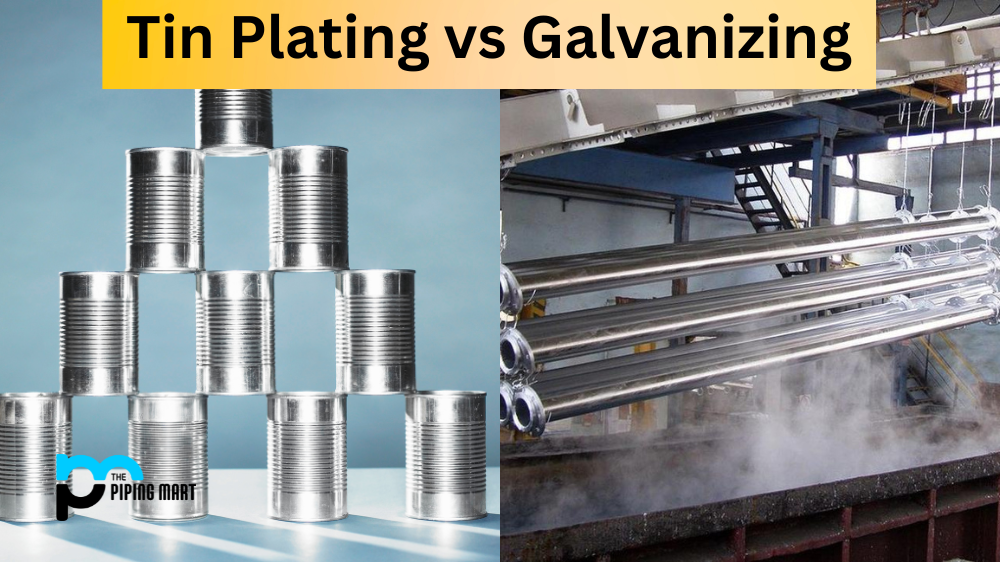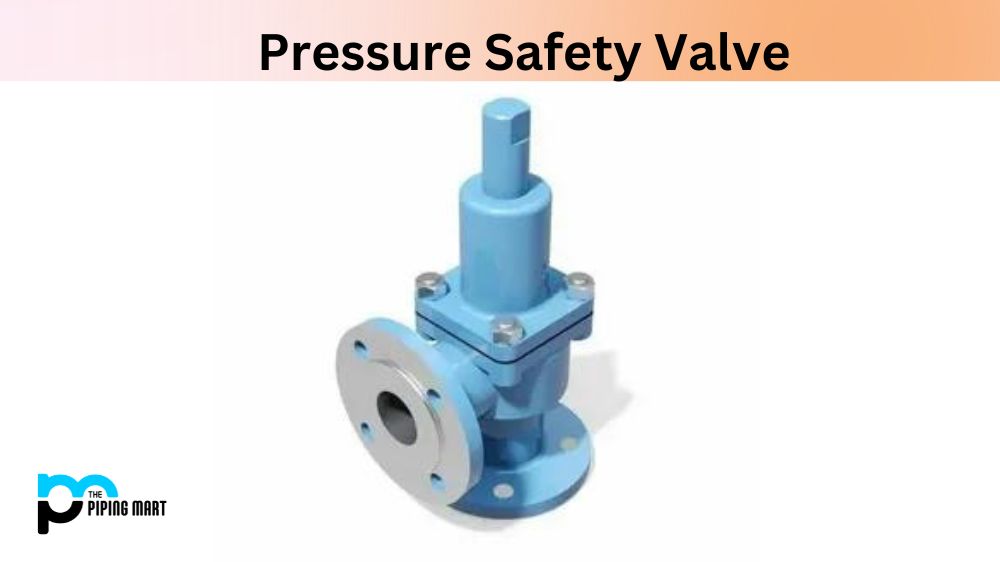The process of metal plating has been around for centuries, but with the advent of modern technology, there are now countless types of metal plating available. Two of the most popular processes are tin plating and galvanizing. These two processes are similar in many ways but have some distinct differences as well. Let’s take a closer look at these two options to determine which is best for your application.
Tin Plating
Tin plating is a process that involves electroplating a thin coating of tin onto another metal surface, such as steel or aluminium. This layer of tin protects the substrate from corrosion and oxidation and increases its lifespan significantly. Tin-plated surfaces also provide excellent electrical conductivity, making them ideal for use in electronics applications. One downside to tin plating is that it can be relatively expensive compared to other types of metal plating.
Galvanizing
Galvanizing is another type of metal plating that involves applying a zinc coating to the surface of the substrate material using an electrolytic bath. This layer helps protect the substrate from corrosion and wear, making it popular in applications where durability is important. Unlike tin plating, galvanizing is relatively inexpensive and can be applied quickly. However, galvanized surfaces do not provide as much protection against corrosion as tin-plated surfaces do, so they may not be suitable for certain applications.
Difference Between Tin Plating and Galvanizing
Advantages of Tin Plating
One advantage of tin plating is that it can improve the appearance of metals such as steel, copper, and brass. Tin plating can also improve the solderability of these metals, making them easier to join together using soldering techniques.
Advantages of Galvanizing
One advantage of galvanizing is that it can improve the corrosion resistance of metals such as iron and steel. Galvanizing can also improve the appearance of these metals, making them more visually appealing.
Disadvantages of Tin Plating
One disadvantage of tin plating is that it can cause metals to become more brittle and susceptible to breakage. Additionally, tin plating may not be suitable for all applications due to its relatively low melting point.
Disadvantages of Galvanizing
One disadvantage of galvanizing is that it can cause zinc fumes to be released into the air, which can be harmful if inhaled. Additionally, galvanizing may not be suitable for all applications due to its relatively high melting point.
Conclusion:
Both galvanizing and tin plating offers unique advantages when it comes to protecting metals from corrosion and extending their lifespan. Tin-plated surfaces provide greater protection from corrosion than galvanized ones, but they also tend to be more expensive than galvanized ones. Ultimately, which option you choose will depend on your specific needs and budget constraints – so make sure you consider both before making a final decision!

Abhishek is a seasoned blogger and industry expert, sharing his insights and knowledge on various topics. With his research, Abhishek offers valuable insights and tips for professionals and enthusiasts. Follow him for expert advice on the latest trends and developments in the metal industry.




